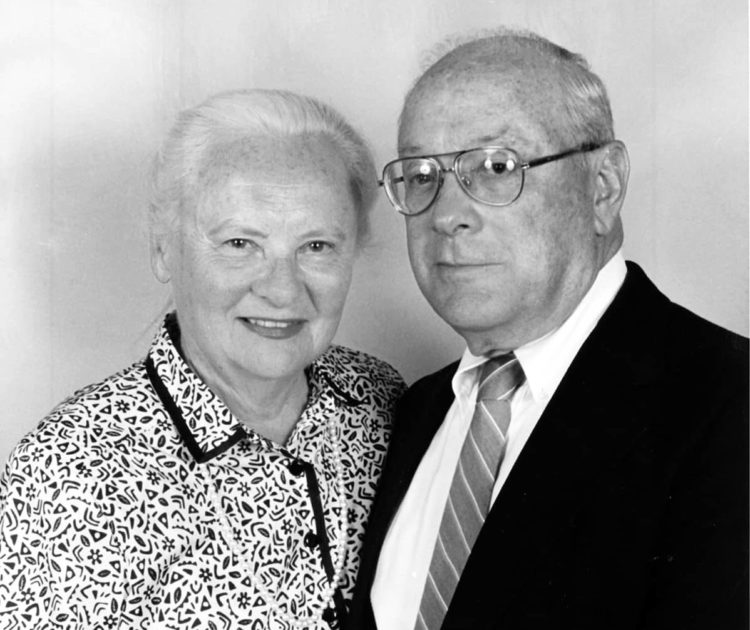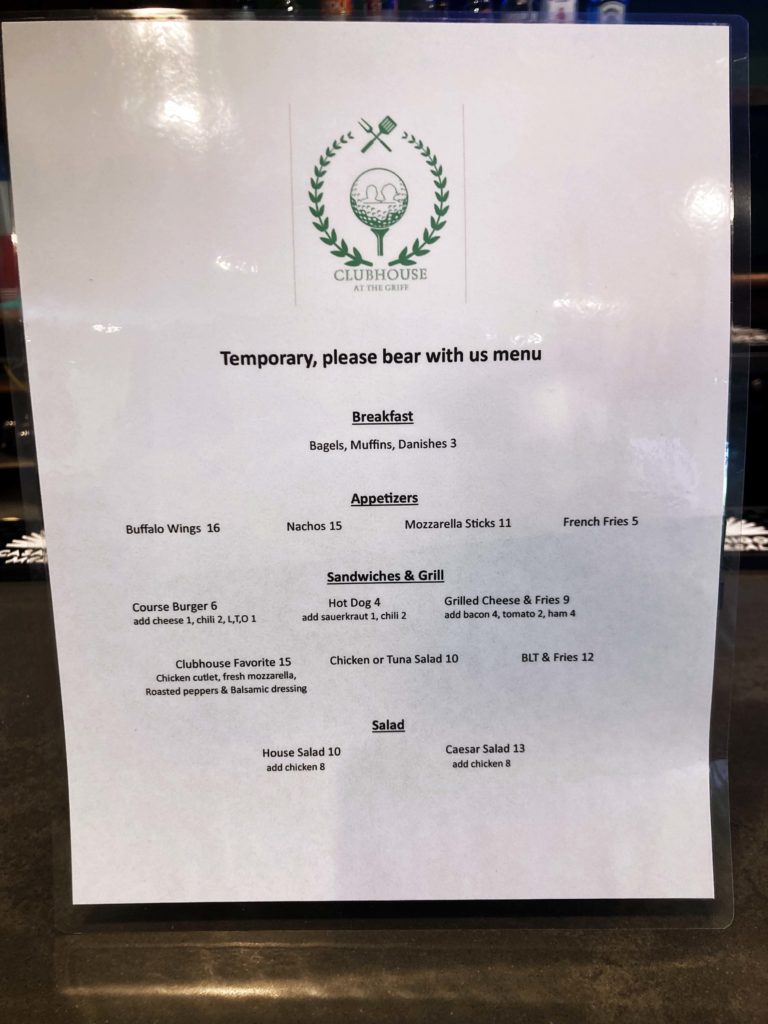
By Mary A. Jacobson
Music! Music! Music! How wonderful to have the Greenwich Symphony Orchestra resume its performance schedule on September 10, 2022, after its programming was interrupted by the pandemic. Its inaugural concert was played to an appreciative audience at the Performing Arts Center at Greenwich High School. The concert also introduced the orchestra’s new conductor, Stuart Malina.
In 2011, the Oral History Project published “The Greenwich Symphony Orchestra: 53 Years of Superb Performances,” a compilation of several interviews of board presidents dating from 1976 to 2011.
The history of the Greenwich Symphony Orchestra dates back to 1958, when a local orchestral group became the Greenwich Philharmonia, conducted by Ken Wendrich, head of the music department of Greenwich High School. A board of directors was formed with Catherine Felding (Mrs. Allen Converse at the time) as its first president who served until 1967. The orchestra held three concerts a year.
The year 1967 is considered a watershed year for the GSO by many, the year the orchestra transitioned into a fully professional one with growing prestige. That was the year that a search for a new conductor led to a young man, John Nelson, “straight out of Juilliard, who had been highly recommended,” according to Marianne Jeffrey, board president at the time. John Nelson was the first of twelve applicants to audition. “Each conductor was to take the orchestra, first rehearsing a piece they had once performed, and then work on something they had never performed…His rehearsal technique was even then really remarkable, how he brought out more than they thought they could do… A survey was taken from all the orchestra members, which showed the orchestra also felt how marvelous he was, how very fine a musician he was, but they were also a little worried whether they could live up to such a conductor.” No more interviews were conducted. “We gave up after that first night because it wasn’t needed anymore.”
Mary Radcliffe, who began her thirty-seven-year tenure as president of the board in 1975, stated that John Nelson “was with us for seven years, and he made the orchestra a professional orchestra. Everybody was now being paid. He also had a lot of contacts with Juilliard. He got wonderful soloists…That was a turning point for the orchestra. Also, he enlarged the orchestra’s string section. So, it became a real symphony orchestra.” In 1975, the orchestra changed its name to the Greenwich Symphony Orchestra. That year it also welcomed David Gilbert as its conductor and music director. He remained in that position for the next 45 years.
One aspect of the orchestra of which its musicians and the board are particularly proud is that there is no paid management. According to Mary Radcliffe, aside from the librarian, personnel and concert managers, and the musicians, “the orchestra has never had an executive manager or a paid manager…Every other orchestra in the American Symphony Orchestra League, every other orchestra with this budget size has a person like that, but we have a symphony board, which is a volunteer board, that manages the orchestra.”
The Chamber Players of the Greenwich Symphony, in existence since 1971, is an independent ensemble, whose musicians are drawn primarily from the principals of the GSO. They present four sets of subscription concerts each season. “It’s really a wonderful program. They do all kinds of chamber music. Not only strings –woodwinds, harp…they program that… we advertise each other,” explained Mary Radcliffe.
The Young People’s Concerts have been a source of pride for the GSO. In collaboration with the community’s music educators, children in the Greenwich public and private schools are provided with a unique musical experience which includes a pre- and post-concert curriculum. “We present professional orchestra concerts to every child in this town, grades two through seven…This is not an outing for these kids…they come absolutely fully prepared,” explained Mary Radcliffe.
The pandemic had a disruptive effect on the programs and concerts normally performed by the GSO, from the spring of 2020 until this month’s inaugural concert. The Oral History Project has embarked on a “COVID Project” to document the effects of COVID-19 on the people and institutions of Greenwich. Volunteers of OHP have conducted more than sixty interviews in this endeavor. Daniel Miller, personnel manager of GSO, was interviewed by Connie Gibb, and described the impact of the pandemic on the orchestra. In his words, “Everything stopped. I mean, it was astonishing. And that’s really a big shift…Our whole organism, our whole life is geared up towards spending these hours in the evening being at our top form and performing. Our days are kind of balanced around that. And so that kind of performance…that was just taken away.”
Now that the music and performances of the GSO have resumed, the Greenwich community can once again appreciate and support this community gem. As
Danny Miller expressed, “… music is kind of like time travel. You can go places, you can visit other centuries, other settings through music. And to do that together in this community is precious. And I think that’s something that’s transcendent, and I think that’s what the audience wants, as well as the performers. It is a communal experience, which is very important. And I think people long for it.”
The book of interviews entitled “The Greenwich Symphony Orchestra: 53 Years of Superb Performances” may be read in its entirety at Greenwich Library and is available for purchase at the Oral History Project office. The OHP is sponsored by Friends of Greenwich Library. Visit the website at glohistory.org. Mary Jacobson serves as blog editor.




